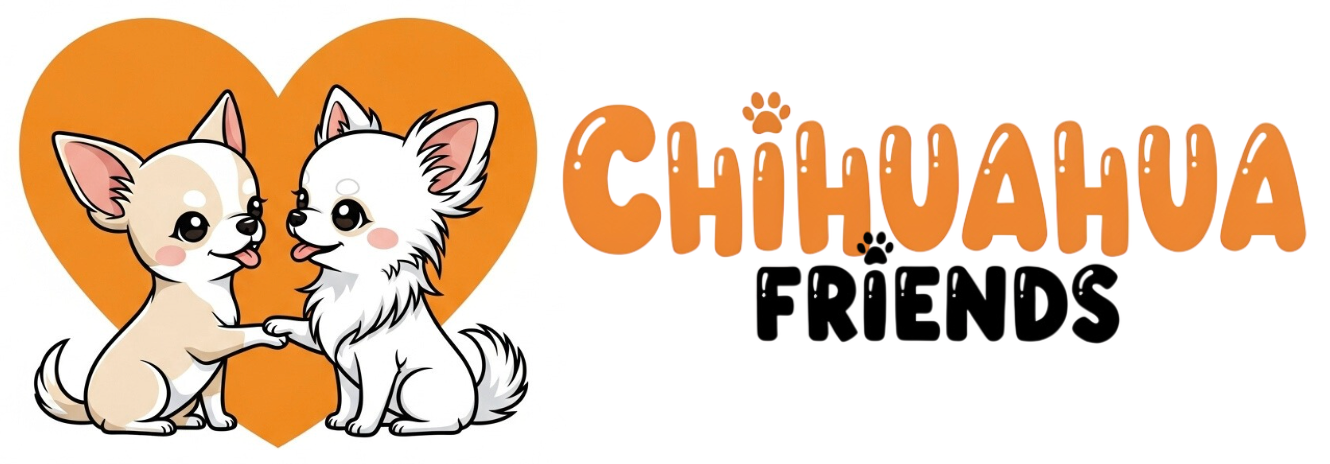Chihuahuas and children
So many times it happens that in an adult-only family with a dog, “the stork” arrives to bring a baby.
So many times it happens that in an adult-only family with a dog, “the stork” arrives to bring a baby.
The event, miraculous in the joy it brings, can give one no small amount of thought if one does not know the reaction one’s dog might have toward the child. Never more than at this time do the black news reports in the daily newspapers bring us news of even serious attacks by family dogs on children and infants.
Here’s what goes on in our dog’s mind and how to do to avoid the worst.
The dog kept by a young married couple is often treated the same as a child, petted and pampered with all possible attention. Often the dog becomes an emotional substitute for the child who is not there, or more simply you can devote all your free time to it since you have no other “puppies” to think about. The dog’s mind, however, is not like ours, and anthropomorphizing its behaviors by giving them a human valence is not correct and can become a source of problems. I often see people confuse explicit requests for attention from the dog (often too viz.) with gestures of affection. The dog who pushes our arm with his muzzle while we are at the table and “demands” his share from our food ration is not showing us affection! The dog who gets on the couch while we are watching television and demands to be in an elevated and coveted place, thus of dominance, is not seeking contact with us “because he loves us so much.” The dog who brings us the ball to play with or the leash to go out for a walk is not showing a desire to spend some of his time with us, he is “ordering” us to feed him or take him to the park. So here it is that as always many of the most common problems of coexistence between our two species stem from misunderstandings and misinterpretations. It seems impossible and yet after so many years of forced coexistence we still have to learn how to converse and understand the messages of communication. Here, then, is where a dog who is the undisputed despot of our home will find it particularly difficult to accept the arrival of that “little brat” who not only shrieks like a demoniac but also steals from him the exclusive and unconditional affection of his “subjects.” Often with the birth of babies, the dog is taken away from prerogatives that are very important in his eyes: he can no longer sleep in the bedroom with the baby’s parents, he can no longer climb into their arms when he wants to, they no longer pet him as frequently as before because of a fact of the baby’s hygiene, he is told his first no’s, he is not allowed near that strange thing that screams and attracts the attention of all onlookers. It must be quite a trauma for our little dog! If one then opts for the drastic solution of “banging it in the garden,” then the omelette is done!
What to do then?
Ideally, one should think about it well in advance, and in fact I have had a lot of satisfaction with couples who have come to my ambutorio for a consultation as soon as she found out she was “expecting.” By having 9 months, I was able to correct their dog’s behavior very well, gaining not only much assurance aboutthe acceptance of the unborn child but greatly improving coexistence with members of the whole family. If, on the other hand, we pose the problem of the dog at the end of the pregnancy or even when the baby has already arrived home and the dog begins to show intolerant attitudes toward it, let us not make the mistake of exiling the dog irreparably or even removing it from the home. It is necessary to make him understand that the newcomer is not a threat to him but simply a new member of the “pack” to care for and share games and cuddles with. That is why the dog in the presence of the baby should not be pushed away but, on the contrary, should be cuddled and held more than usual so that he associates the presence of the newcomer with only positive and pleasant feelings. A separate discussion deserves dissocialized dogs, such as those kept on chains or locked in the garden without the possibility of contact with people and children. Many of these subjects do not know what a child is which, having different smells and sounds from an adult can evoke in these subjects a very dangerous predatory aggression. The dog then thinks it is prey to feed on. Fortunately, such incidents are very rare today.
dr. Diego Cattarossi
www.diegocattarossi.com/blog








